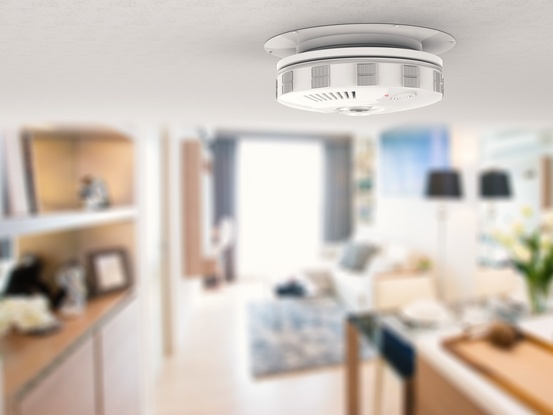
Here’s a startling statistic: While 94% of homeowners know that their furnace can release deadly carbon monoxide gas, only half of them will take the simple step to prevent that from happening. Are you one of them? With the result being thousands of carbon monoxide poisoning hospitalizations and deaths in the US every year, it’s hard to find a reason not to take the extra precaution to be sure your home is safe. Here’s everything you need to know about potential Carbon Monoxide in your home.
What is Carbon Monoxide?
Carbon monoxide is known as the “silent killer” due to its lack of color, taste, smell or sound. The toxic gas is a by-product of the incomplete combustion of fossil fuels such as gas, oil, coal, and wood used in broilers, furnaces, engines, open fires and more. If exposed to it, you may initially experience flu-like symptoms, nausea, loss of balance or fatigue.
Where Does Carbon Monoxide Come From?
In addition to your furnace, Carbon Monoxide can enter the home in a number of other every day home appliances that burn fuel. If these items are not installed or running properly, they can emit the gas into your home’s air. The most common of these appliances are:
- Gas space heaters
- Chimneys
- Generators & other gasoline-powered equipment
- Automobile exhaust in attached garages
- Gas stoves
How to Prevent Carbon Monoxide In Your Home
Simply having your furnace checked regularly by a qualified and registered professional can catch any potential for a Carbon Monoxide leak before it becomes dangerous. Most manufacturers will typically require an annual tune-up of your heating system to sustain its warranty. It’s also highly recommended to have a carbon monoxide detector outside of every bedroom or sleeping area. And if your home has fuel-burning appliances on more than one floor, then you should have a detector on each floor as well.
Other ways you can prevent Carbon Monoxide in your home:
- Do not try heating your home with gas ranges or ovens.
- Make sure every room is well ventilated and the vents are not blocked.
- Have chimneys and flues swept regularly by a professional..
- Do not leave a gas-powered motor running in a garage, such cars or lawn mowers.
- Do not use a generator within 20ft. of a vent, door, or window.
- Have the exhaust pipe in your car serviced every year.
The simplest, most effective way to prevent Carbon Monoxide in your home is by checking the most common source. With a simple furnace maintenance check each year, you can get the peace of mind that your family is safe with the added benefit of ensuring your equipment is running as efficiently as possible. Contact our heating and cooling experts for answers to any questions you may have about your system or have your furnace checked today.
Source: https://www.serviceexperts.com/blog/carbon-monoxide-in-your-home


